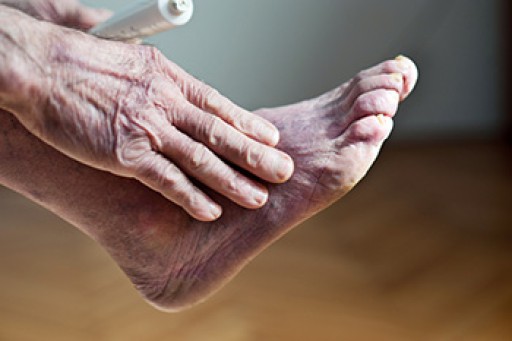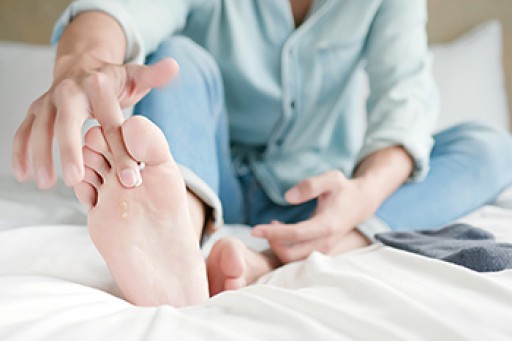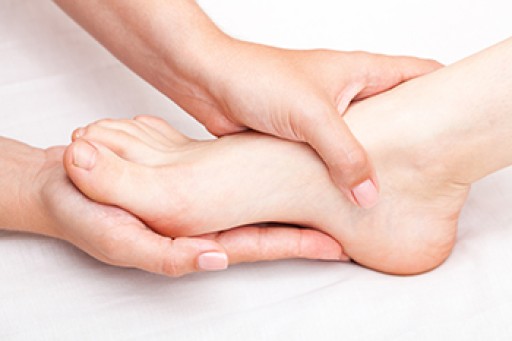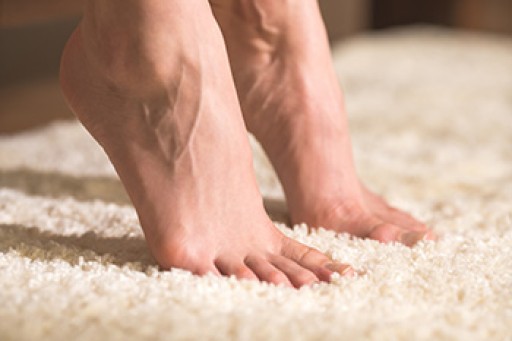
Circulation problems are caused in the feet when blood is not able to easily reach the feet. Occasionally, poor circulation in the feet can be a contributing cause to a variety of different afflictions of the foot. Namely, poor circulation can sometimes affect the temperature of the feet. This can lead to a condition known as cold feet. As its name suggests, those living with consistently cold feet feel can feel low temperatures in their lower extremities. Poor circulation can cause this condition as a result of an insufficient amount of warm blood traveling to the feet, and the feet may feel abnormally cold. If you are living with poor circulation in your feet, consider the risk of developing cold feet. Contact a podiatrist to answer any of your questions in addition to learning about various treatment options.
Poor circulation is a serious condition and needs immediate medical attention. If you have any concerns with poor circulation in your feet contact Alex Kim, DPM of AVID Foot & Ankle Center. Our doctor will treat your foot and ankle needs.
Poor Circulation in the Feet
Poor blood circulation in the feet and legs is can be caused by peripheral artery disease (PAD), which is the result of a buildup of plaque in the arteries.
Plaque buildup or atherosclerosis results from excess calcium and cholesterol in the bloodstream. This can restrict the amount of blood which can flow through the arteries. Poor blood circulation in the feet and legs are sometimes caused by inflammation in the blood vessels, known as vasculitis.
Causes
Lack of oxygen and oxygen from poor blood circulation restricts muscle growth and development. It can also cause:
- Muscle pain, stiffness, or weakness
- Numbness or cramping in the legs
- Skin discoloration
- Slower nail & hair growth
- Erectile dysfunction
Those who have diabetes or smoke are at greatest risk for poor circulation, as are those who are over 50. If you have poor circulation in the feet and legs it may be caused by PAD and is important to make changes to your lifestyle in order to reduce risk of getting a heart attack or stroke. Exercise and maintaining a healthy lifestyle will dramatically improve conditions.
As always, see a podiatrist as he or she will assist in finding a regimen that suits you. A podiatrist can also prescribe you any needed medication.
If you have any questions please feel free to contact our office located in Little Elm, TX . We offer the newest diagnostic and treatment technologies for all your foot and ankle needs.











